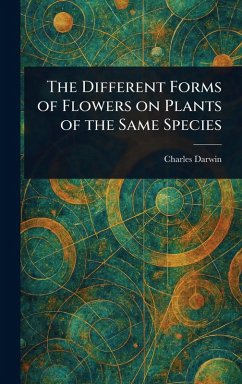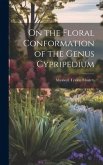Charles Darwin's "The Different Forms Of Flowers On Plants Of The Same Species" is a foundational work in botany, meticulously detailing Darwin's research into the fascinating world of plant reproduction and pollination. This enduring classic explores the diverse floral structures within single plant species and their crucial role in plant biology. A cornerstone of natural history, this book examines the intricate relationships between flowers and their pollinators, highlighting the importance of cross-pollination. Darwin's keen observations and rigorous methodology provide invaluable insights into the adaptive strategies of flowering plants. This edition presents Darwin's original text, offering a direct connection to the groundbreaking research that shaped our understanding of plant life. Dive into Darwin's meticulous study of flowers and discover the complex mechanisms that drive plant reproduction, a topic as relevant today as it was in Darwin's time. A must-read for anyone interested in botany, plant biology, and the timeless legacy of Charles Darwin. This work has been selected by scholars as being culturally important, and is part of the knowledge base of civilization as we know it. This work is in the public domain in the United States of America, and possibly other nations. Within the United States, you may freely copy and distribute this work, as no entity (individual or corporate) has a copyright on the body of the work. Scholars believe, and we concur, that this work is important enough to be preserved, reproduced, and made generally available to the public. We appreciate your support of the preservation process, and thank you for being an important part of keeping this knowledge alive and relevant.
Bitte wählen Sie Ihr Anliegen aus.
Rechnungen
Retourenschein anfordern
Bestellstatus
Storno









